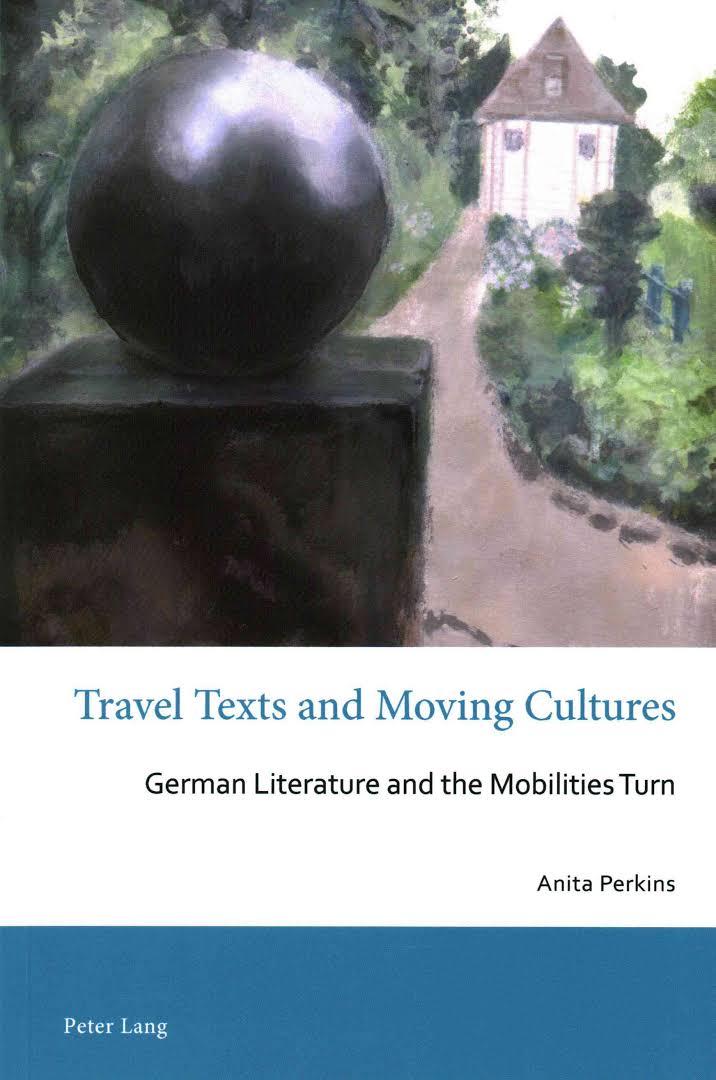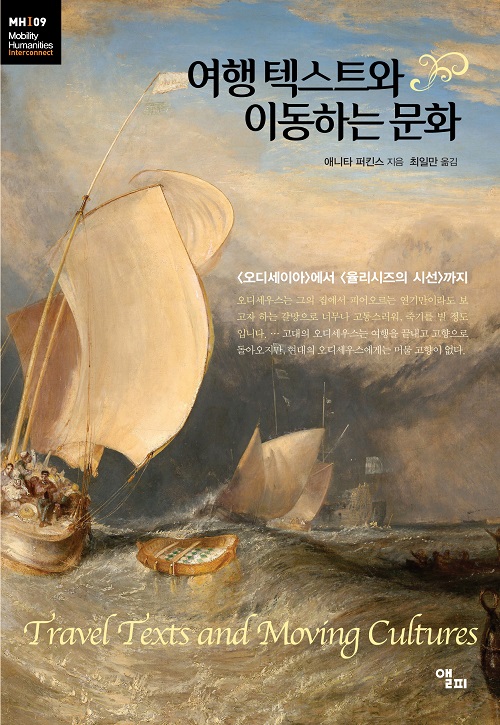The Eternal Cycle of Dwelling and Traveling
What if We Take a Historical Approach to Mobilities?
The first attempt is made to provide a comparison of travel writing from the late 18th and late 20th centuries. By newly employing historical analysis to mobility studies, the author compares different modes of mobility in Europe in the Ancient Greek, Saddle and contemporary periods. Historically, mobility in society has not always been the same; however, it has transformed into new forms as times change; and it raises new problems unique to each era. Of course, mobility theory does not always completely ignore historical contexts. In a sense, we can say that mobility theory itself implies historicity. This is because the difference between modern society and the past prompted the emergence and development of the theory of mobility itself. However, until now, it was difficult to find a study comparing the specific forms of mobility according to the times, Perkins’ works sheds light on this issue.
Translated from…

This book is a Korean translation of the book titled Travel Texts and Moving Cultures by Anita Perkins(Peter Lang, 2016)
Ancient Greece / 18th Century Europe / Contemporary Period
Perkins compares mobility over time: in Ancient Greece, Europe’s “Saddle Age” in the 18th and 19th Centuries, and the Contemporary Period. First, the ancient form of mobility can be found in Homer’s Odyssey. Here, Odysseus traveled for twenty years, but the journey itself was neither for a particular purpose nor for fun. To Odysseus, travel meant movement just for the purpose of getting to and settling in a fixed home. All of his experiences on the journey were merely regarded as impediments delaying his ultimate goal of successful homecoming. Perkins calls this settlement-centric mobility perspective “singular mobility.” Perkins suggests that the ideology of singular mobility began being disrupted in the 18th and 19th centuries – or the “Saddle Age” when the use of wagons within Europe increased as well as the number of sea expeditions outside of the continent.
Perkins finds an increasing desire fo travel within German writers’ travel experiences represented in various forms of travel texts including travel documents, novels, and letters. Travel itself has been represented and pursued as something positive itself. The motives for travel also varied. For some, travel was a way to meet the wider world or to become more educated; and for others, a sense of self-formation was seen as something possible through travel. However, the desire for travel was not always a good thing. With the increase in travel, negative elements of mobility were beginning to appear. In this case, a sense of loss of the hometown, and of the roots on which our lives are based comes to the fore.
Odysseus Has No Home to Return to.
Finally, Perkins pays attention to the present that we live in. Perkins’ analysis of texts from the contemporary period is divided into two sections based at the time of the fall of the Berlin Wall. The first section looks at mobility before and after the Fall of the Berlin Wall. Perkins sees political inequality in mobility within East German literature before the fall, and another extreme form of mobility through the journey of the astronaut with privileges and the absence of standards shortly after the wall was torn down.
The second section covers the era of universal mobility when the impact of the collapse of the Berlin Wall were mitigated and stabilized. Perkins describes journeys that were not simply means to return one’s hometown but carried some meaning themselves as forms of “plural mobility.” Perkins returns to Odyssey, and more precisely to the modern variations of Odyssey to explore what plural mobility has brought us. These variations repeat the old Odyssey, but there are important differences. The ancient Odysseus ends his journey and returns to his hometown, but modern Odysseus has no hometown to return to. In the era of universal mobility, contemporary people lose their ability to cope with the current situation. Perkins urges efforts to regain this ability and to contemplate the situation in a new way. The exploration of mobility’s historicity leads us to reflect upon tasks that are currently ahead of us with regard to the global intensification of mobilities.
Where Do Contemporary Forms of Mobility Take Us?
Interestingly, Perkins used the method of analyzing cultural representations for exploring the historical transition of mobility. Through research into cultural representations, we are able to focus on the mobility seen through the authors’ eyes rather than the mobility as it was. To put it another way, we focus on not the mobility itself, but the experiences of mobility. In this way, Perkins is able to ask what mobility means “to us.” It is time for us to think critically about what an increasingly mobilized world means for us and how we should respond.
Author
Anita Perkins – Anita Perkins holds a PhD in German from the University of Otago, New Zealand. She is a writer and researcher working for The Asia Forum. Perkins is also one of authors of the Handbook of Research Methods and Applications for Mobilities (2020).
Translator
Ilman Choi -Ilman Choi was a PhD candidate who completed his coursework in the Department of Philosophy at Seoul National University; and is currently studying Phenomenology of Husserl at the University of Würzburg in Germany. He has translated the following books: Encyclopedia of Phenomenology (By Lester Embree), On the Internet (Thinking in Action) (By Hubert Dreyfus), Mobility (By Peter Adey), and Life Takes Place (By David Seamon).


